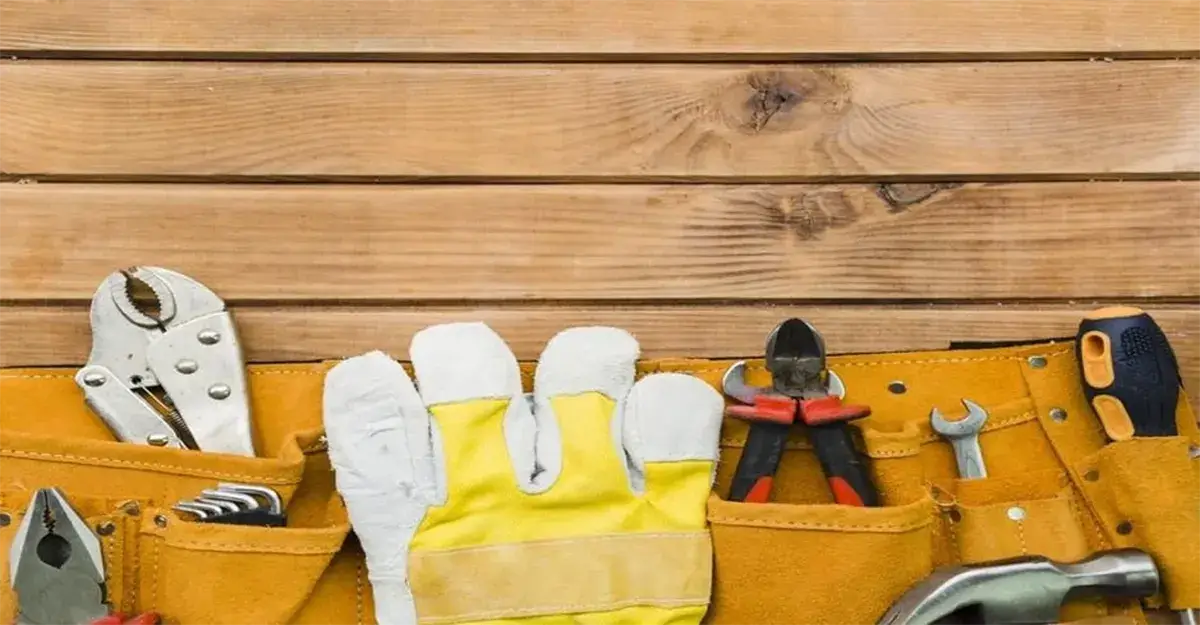The maintenance of rainwater drainage channels is often overlooked or rarely attended to ...
The maintenance of rainwater drainage channels is often overlooked or rarely attended to. As the most important components of highly efficient drainage systems, they require maintenance to ensure adequate drainage.
Neglect is typically due to the absence of flooding issues, even on a small scale. However, in these times of unpredictable weather, with scorching heat followed by intense downpours, flooding occurrences are becoming all too frequent. Unless there has been an error in calculating the drainage channel's capacity, proper and regular maintenance can prevent overflow and subsequent outdoor flooding, particularly during torrential downpours. These events can bring the volume of precipitation in just a few hours that typically falls over an entire month, underscoring the need to protect against unforeseen consequences.
How to clean a channel drain
Cleaning drainage channels is a relatively straightforward task, usually requiring specialized intervention only in cases of severe neglect.
One common cause of channel blockages is the accumulation of autumn debris, especially when the channel is situated near trees. Leaves, particularly lighter ones, can easily slide into the grates of the channel, settling at the bottom and forming a damp mass that hardens over time. It's crucial to inspect the inside of the channel periodically and remove debris when necessary.
Modern drainage systems are commonly constructed using thermoplastic polymers, offering various advantages, including ease of cleaning in a few simple steps:
- Begin by removing the protective cover or grate and remove dirt and debris using a scoop or gloves.
- Utilize a powerful stream of water or a pressure washer to dislodge any hardened deposits at the channel's base.
- Before securing everything back into place, clean the surrounding area thoroughly to prevent dust and small debris from finding their way back into the channel.
Frequently Asked Questions
How often should you conduct drainage channel maintenance?
At least once a year or as needed, depending on the surrounding environment.
For channels located in areas prone to debris, leaves, or small object accumulation, more frequent cleaning may be required. If not initially installed, consider adding a leaf guard for vertical drains to prevent blockages caused by leaves, debris, or other small objects. Waiting too long to clean channels can lead to difficulties in removing the cover grate due to sediment cementation.
What products and tools are recommended for cleaning channels and grates?
No special tools or products are necessary: a standard domestic high-pressure water gun is sufficient for cleaning channels and grates.
In Conclusion
Regularly maintaining and cleaning drainage channels around your property can prevent numerous issues from arising. These issues might include stagnant water, improper flow, which can lead to structural infiltration or damage to surronding structures or valuable possessions.
In extreme cases, such as during the increasingly frequent torrential downpours, inadequately drained water can pose significant challenges. Overlooking the importance of maintaining and cleaning channel drains may lead to restricted water flow and flooding damage. These components serve a critical function in water drainage systems.

